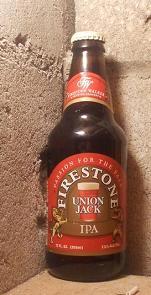A month or less to go for the delivery of the Albany and Upper Hudson Valley beer history and Craig and I are putting on the almost finishing touches. One difficult stretch was the first two-thirds of the 1700s as, basically, the same families kept brewing and – surprise – got richer generation by generation. Fortunately, a war broke out in the middle of the century to spice things up. I had presumed that the only news would be about the suspension of brewing as that is what war does… among other things. But then I came across this in his papers:
These are accounts from William Johnson, the 1st Baronet of New York and a personal favorite of mine. Near my work there are two streets, “William” and “Johnson” which commemorate the guy whose son helped settle our fair city. But that was after the war after the one just begun when these accounts were noted in 1755. In 1755, the Mohawk, the British and the Dutch were all united against New France and its plans for invasion from the north. In the defense of the empire, Billy Johnson did everything he could think of including, apparently, shelling out beer.
I had known he was a beer buyer but not like this. Names like Hendrick Fry appear in these accounts, some the same as names that appear over a decade later in the lists of members in the Masonic Lodge at Albany. The accounts show how barrels of beer were used to retain and reward loyalty with the Mohawk allies in the summer leading up to a campaign at the south end of the Champlain valley when Johnson took on the French and kept them from marching farther on to Albany.
The last image on the right is interesting. It makes passing reference to one Barent Vrooman. Vroomans were a Dutch brewing dynasty who, like their fellows, expanded from the Hudson valley into Schenectady in the late 1600s and then into the western stretches of what was then called Albany County in the first half of the 1700s. Barent the brewer died in 1746 so this must be a nephew or a cousin. In any event, Johnson seems to have sent him something more useful than beer. He sent a Mohawk warrior to guard him.

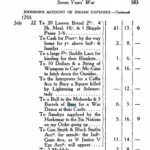
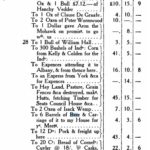


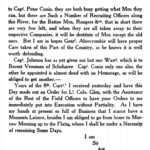


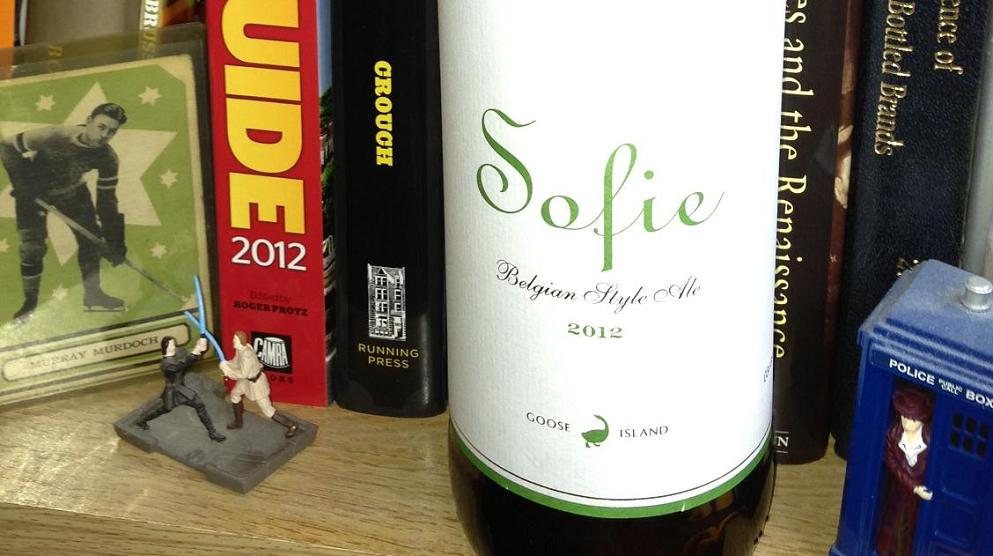
 I took down the little logo for the Cracked Kettle beer store in Amsterdam today. I removed it after getting an email advising that the shop closed a few months back and that owner Jeff Cunningham had died in June after a few months of terminal illness. Sad news. I never met Jeff but had worked with him now and again since the late fall of 2006. His shop paid for the ads in beer shipped to me and other writers then populating the blog as proof of how fine the service was. Knut, micro-famously, had to sit around waiting for a
I took down the little logo for the Cracked Kettle beer store in Amsterdam today. I removed it after getting an email advising that the shop closed a few months back and that owner Jeff Cunningham had died in June after a few months of terminal illness. Sad news. I never met Jeff but had worked with him now and again since the late fall of 2006. His shop paid for the ads in beer shipped to me and other writers then populating the blog as proof of how fine the service was. Knut, micro-famously, had to sit around waiting for a 